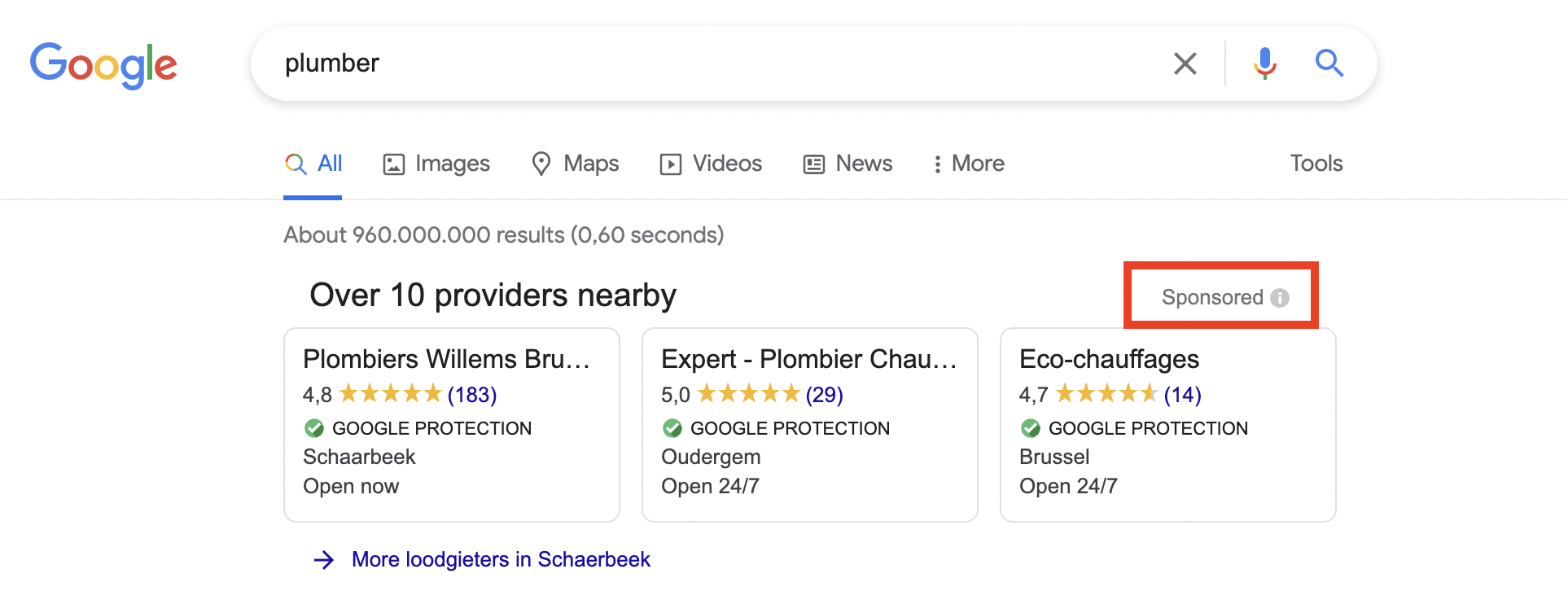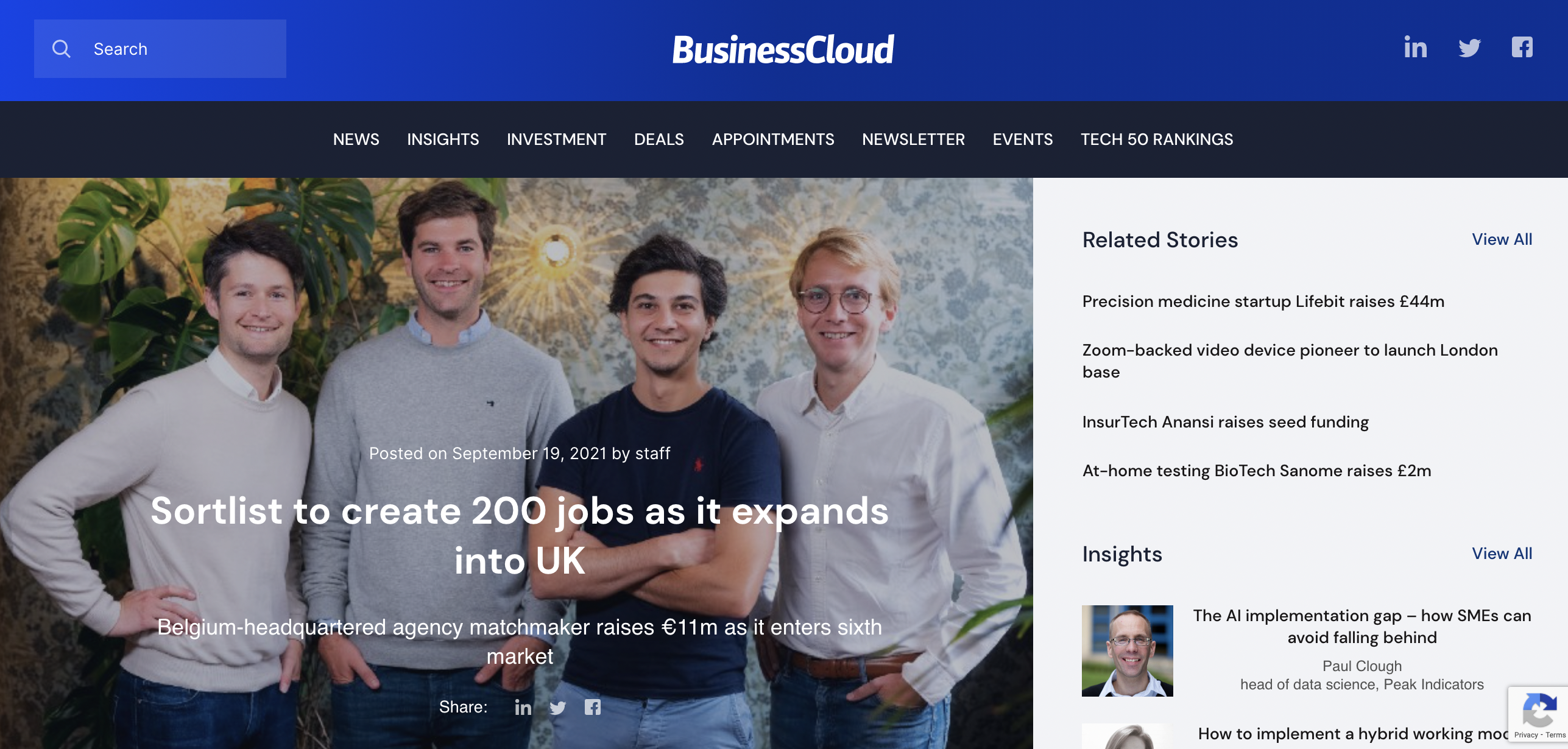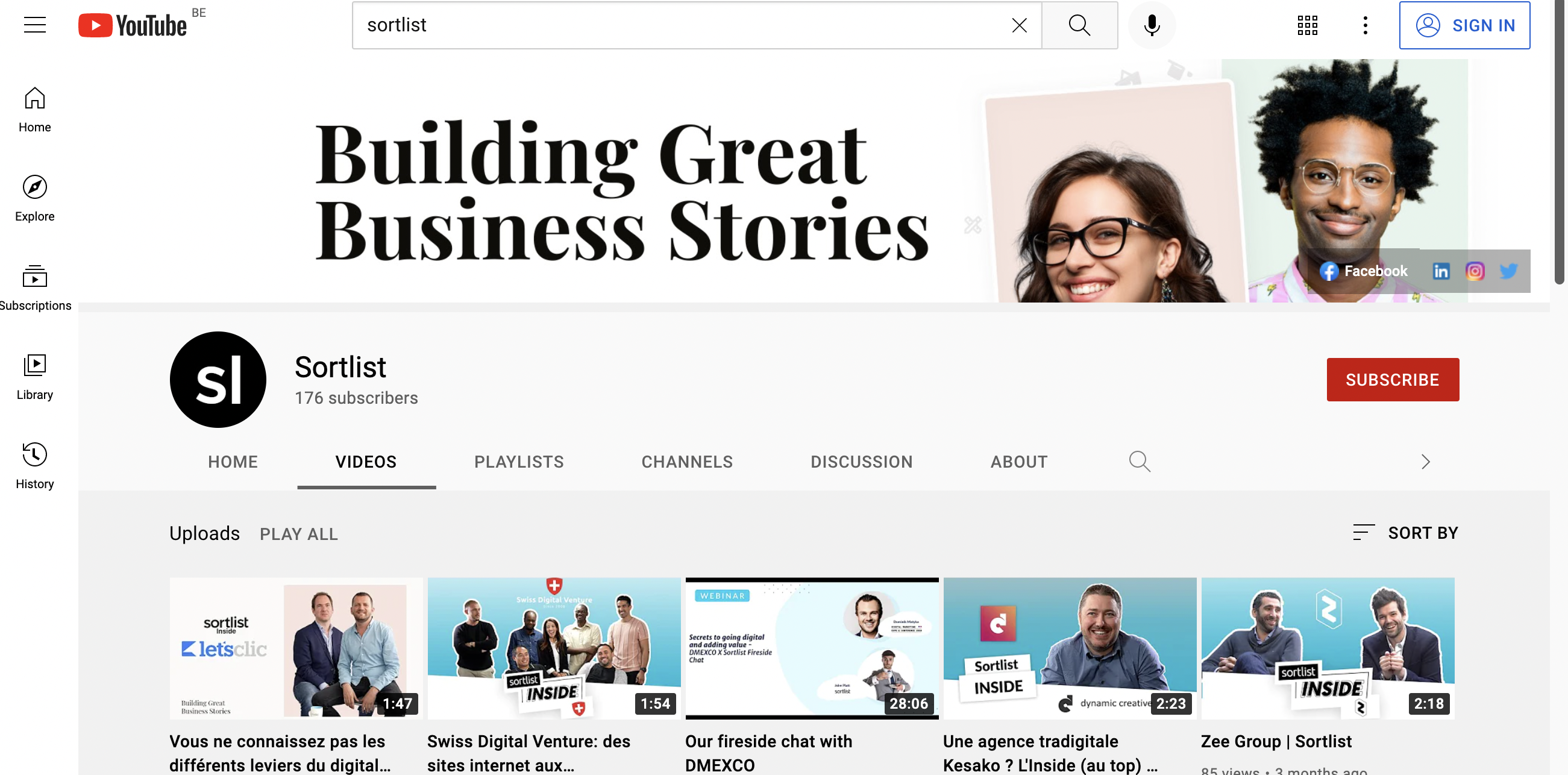
PESO Model: What It Can Bring to Marketing and PR
Last update: 23 February 2024 at 10:04 am
The PESO marketing model is an excellent method to organize your ideas and efforts so that all areas of marketing are addressed.
Even though this model originated in the field of public relations, it may be an invaluable tool for all marketers, regardless of their marketing experience or expertise.
What Is The PESO Model?
PESO stands for “paid,” “earned,” “shared,” and “owned” media, in that order. Each of these four forms of media and communication methods is represented by one of these four categories.
It is a way of categorizing all of a brand’s marketing channels into distinct divisions. It enables us to examine our efforts through any of these four lenses (paid, earned, shared, and owned) to determine whether more channels may be included in our new or existing initiatives.
We may also use the model to organize and make sense of the channels in which we are currently investing.
Let’s have a look at what each of the media channels means:
Paid: When money is exchanged for the distribution of something, whether it’s an ad or content, it’s called paid distribution.
Earned: Done by exchanging quality material for the audience of a well-known authority.
Shared: Increasing the reach of your work with the help of your audience
Owned: Gathering an audience who seeks out your material and then distributing it to that audience.

Background Of The PESO Model
Previously, public relations and marketing were two different fields. University professors would lecture about the distinctions between paid and earned media initiatives.
Publishers would put up barriers inside their company to prevent advertising funds (paid media) from affecting editorial content (earned media). Advertising agencies and public relations firms emerged as two distinct organizations from these segregated specialties.
While advertising firms concentrated on creative and paid media tactics, public relations professionals worked to build the greatest connections with journalists while also providing crisis communications and PR strategy. Advertising agencies have traditionally paid for distribution, but PR has never done so.
A third component, owned media, has always existed to reflect material that has been created and released by a business.
Owned media earned its place among paid and earned media as a go-to channel for marketing as the internet-enabled businesses publish more cost-effectively. However, it languished in a no-man’s-land between public relations and advertising for a long period, with neither side taking ownership.
Due to the fast use of digital marketing and social media, the Paid-Earned-Owned model eventually broke down around 2008. The following developments in the publishing and advertising environment contributed to the model’s demise:
From Paid-Earned-Owned to PESO
-As prospects and customers became their own media brands, sharing and posting information on social networks, social media provided a new method of distribution. These content creators have a harder time fitting into the Paid-Earned-Owned model.
-As publishers sought new ways to monetize their media enterprises, the boundaries between advertising and journalism were blurring. Sponsored content evolved from advertorials, and branded content teams were established within publishers.
-Because anybody can post on the internet, publishers have lost some respect. Consumers no longer care where the material comes from since they get it through an aggregated news feed rather than from a single publisher.
-Publications went out of business, journalists were laid off or transferred from staff to freelance (if they were lucky), and previously established PR ties were shattered.
-As review sites and social media made it possible for anybody to crowdsource opinions, peers acquired power.
-In an attempt to incorporate social media into its operations, public relations had an identity crisis, only to have algorithms transform social media into a paid channel right in front of their eyes.
Several thought leaders in the PR industry began to expand the Paid-Earned-Owned model that they had used for years to find their place in marketing: some pushed social as a separate channel, while others tried to lump it into earned media, expanding the concept of mass communication to include content created by ordinary people.
Gini Dietrich, a digital marketing specialist, released Spin Sucks in 2014 and presented a new paradigm: the PESO model.
It has been widely welcomed and adopted by PR experts, yet this extremely valuable approach has been mostly overlooked by marketing professionals.
Types Of Media
To reiterate, PESO model is an acronym that stands for “paid,” “earned,” “shared,” and “owned” media. We shall now discuss these four media types.
Paid Media
Advertisements, influencer marketing, social media ads, PPC (pay-per-click) content, sponsored content, and even email marketing are all examples of this type of marketing.

This entails narrowing down on your target demographic and figuring out how to contact them through paid ads in a digital marketing or public relations plan.
Paid media is crucial in a digital marketing plan since it may broaden your brand’s reach to consumers who would not have found you otherwise. Paid media enables companies to reach the right people at the right time. This allows for them to break through the clutter and raise brand recognition online.
Earned Media
It is generally what comes to mind when you think of traditional public relations. Mentions in newspapers, trade journals, magazines, podcasts, radio, and television are all examples of earned media.
This, or anything that brings the press’s attention to your brand, is referred to as “media hits.”

It may appear to be a fairly classic or standard technique, but it is far from that. Earned media is used in a comprehensive PR and marketing plan since channels such as newspapers, trade journals, magazines, podcasts, radio, TV, and others have credibility and reach that most businesses lack.
A mention in its outlet boosts your brand’s credibility and reliability while also broadening its reach.
Shared Media
It’s all about social media! Because the majority of customers utilize it, shared media has become an important part of digital marketing and public relations efforts.
Branded material, original content produced on brand sites, and content shared from other sources are all included.
However, there are two parts to shared media. It’s about getting your material out there, but it’s also about having a conversation with your audience. Interacting with consumers via shared media, such as social media, may improve a brand’s reliability.
This may be accomplished through Instagram or Facebook Live sessions, LinkedIn comment threads, and so on.
Owned Media
Paid media comes first in PESO, while owned media comes first in the process (though Gini admits that OESP isn’t the best name for this model!).
Everything over which a corporation or brand has complete control is referred to as owned media. Consider a website, a blog, unique material, videos, live streams, infographics, and white papers.
These are the assets that power the other three forms of media, and they’re just as vital in putting together a winning marketing plan.
It is the most important component of this strategy because it is how most of your consumers will initially connect with you (even content and creative assets in a paid ad are considered owned media).
PESO Model Value Proposition
Under the PESO model, media visibility may assist both the client and the agency in demonstrating the effectiveness of communications initiatives.
Click-through rates, opt-ins, media equivalencies, and metrics like share of voice may all be used to demonstrate the value of visibility, whether it’s paid, earned, shared, or owned.
Every component of the PESO model is dependent on the others. For example, companies require material to publish online — what we call owned media — to produce social postings that drive sales.
Brands require earned media to lead prospective buyers to the content to develop a following for this owned media. Companies and brands must also share their work online, which is known as shared media, to drive potential customers to the material. Each component is interconnected.
PESO model is a cutting-edge strategy that allows PR to do more than rely on earned media coverage.
PESO is a comprehensive approach to broad-based media awareness that realistically accounts for the “too many companies and too few editorial coverage chances” problem as a flexible strategy that incorporates many approaches and disciplines.
As a result, PR professionals and marketers should consider using PESO to increase the value and reach of their current initiatives by generating continuous, cross-platform media awareness. It has been discovered that it is possible to demonstrate a genuine return on investment for communications campaigns.
Summing Up
Marketers have a proclivity to concentrate on the medium with which they are most familiar. If they’re from the PR world, they might be talking about traditional public relations or influencer marketing. If they’ve already worked in advertising, they’re generally most at ease with paid channels. Owned channels are their comfort zone if they’re well-versed in inbound and content marketing.
The PESO model‘s true power comes from integrating the four stated channels. But it all boils down to generating good owned content for your audience. This material might be used to support a paid media campaign, which could result in earned media advantages through social sharing and other online discussions.






